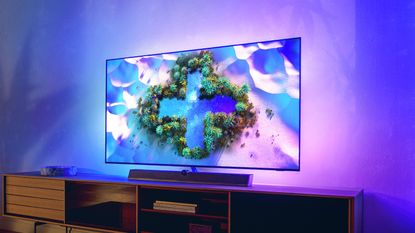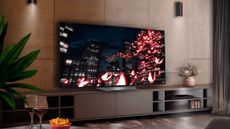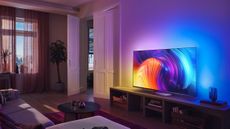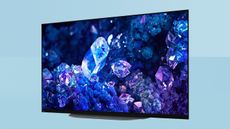OLED TVs offer incredible contrast thanks to their ability to dim individual pixels all the way to black, but their maximum brightness is much more limited than what you can get from LED TVs, which has always been something of a frustration if you need to view in daylight, or just want HDR to be as dazzling as possible.
However, a team of researchers in China have found a way to increase brightness by 25% and current efficiency by 21%. In their research paper (via OLED-info.com), they describe a method of creating 'corrugated' electrodes, which helps to avoid light getting trapped within the electronics of the OLED panel itself – meaning a brighter picture while using the same amount of power.
OLED TVs recently got a nice brightness boost from the new 'OLED evo' panel from LG Display, which makes the screens used in all of the best OLED TVs. That upgrade debuted in the LG G1, and worked on the same principle that more efficient circuitry meant that a higher brightness could be achieved from the same amount of power.
With this new panel, the likes of the excellent Sony A90J, Panasonic JZ2000 and Philips OLED+936 (pictured at the top of this article) have all managed to hit over 900 nits of brightness in real-world testing, which is much better than the 700-750 nits that OLED TVs tended to be restricted to before.
However, the new brightness levels are still behind what the mini-LED sets that top our list of the best TVs are capable of. A 25% increase in brightness would certainly get them to roughly the same kind of level, though, while maintain OLED's superiority for detail in dark areas.
Of course, this is just a research paper, so while the process has been shown to work in testing, moving it to the scale of widespread manufacturing of TVs might take years, if it even works at that scale at all.
But I hope it provides a path forward for OLED screens, not just because I'd like to see brighter TVs. It could be ideal for phone screens too, which could maintain their current brightness levels but would use 20% less battery life. Who wouldn't want a free battery increase without any change in screen quality?











